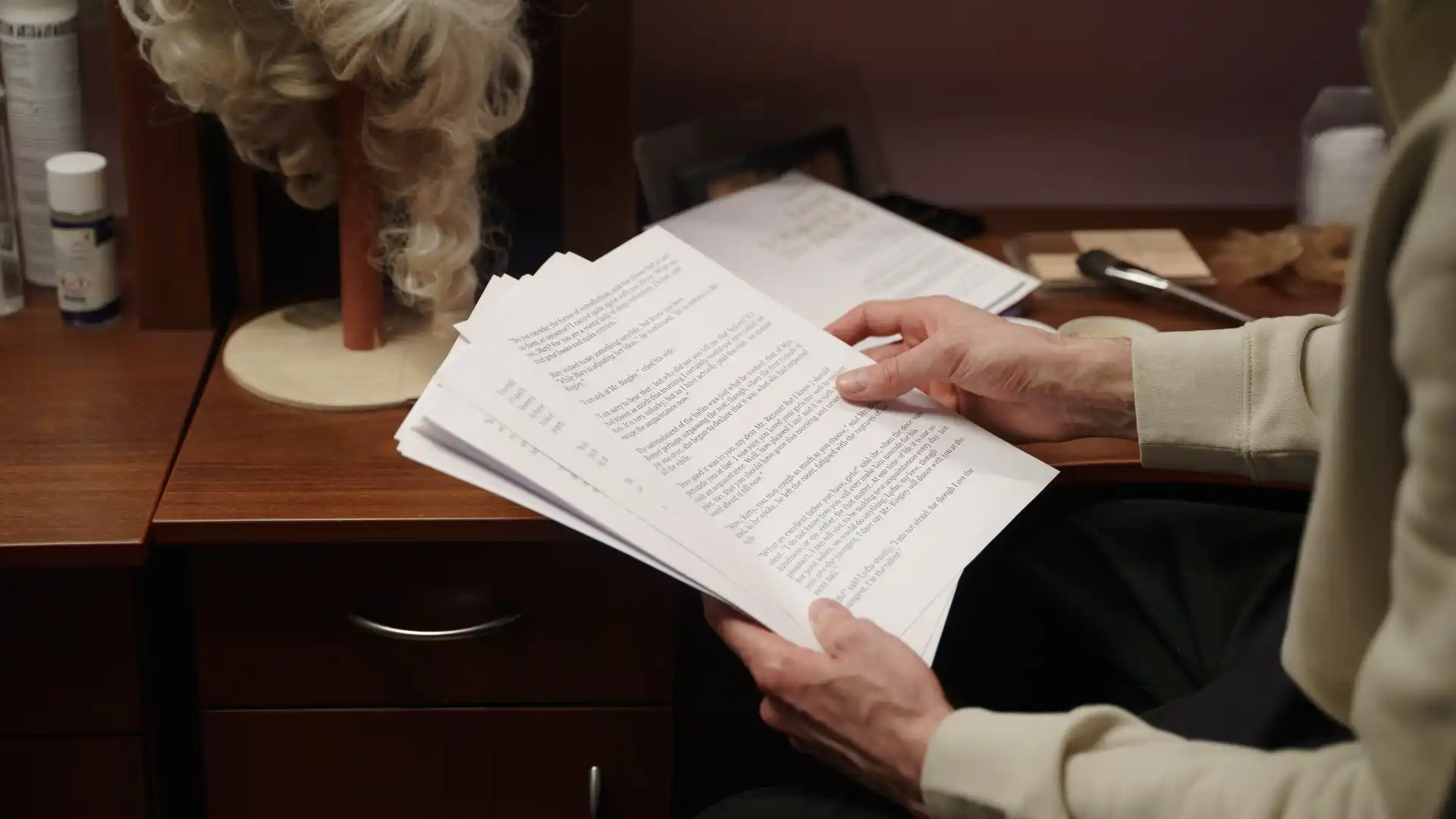In this article, we will explore the impact of AI on creative processes and delve into how it is shaping the future of the animation industry.
AI-Driven Design Tools
AI-powered design tools are transforming the way designers work by automating repetitive tasks and providing intelligent suggestions. These tools can generate design variations, suggest color palettes, and even predict trends based on data analysis. By leveraging AI, designers can focus more on their creativity and less on mundane tasks, ultimately leading to more innovative and efficient design processes.
Enhanced Personalization
AI algorithms can analyze user data and behavior to create personalized experiences for consumers. In the creative industry, this means that artists and designers can tailor their work to specific audiences, leading to higher engagement and satisfaction. Whether it’s personalized recommendations for art pieces or customized designs based on individual preferences, AI is enabling creatives to connect with their audiences on a deeper level.
Automated Content Creation
AI is revolutionizing content creation by automating the process of generating text, images, and videos. From writing product descriptions to creating social media graphics, AI-powered tools can help creatives produce content at scale without compromising quality. This automation allows artists and designers to focus on more strategic aspects of their work while AI handles the repetitive tasks.
Predictive Analytics
AI algorithms can analyze vast amounts of data to predict trends and consumer behavior accurately. In the creative industry, this capability is invaluable for artists and designers looking to stay ahead of the curve. By leveraging predictive analytics, creatives can make informed decisions about their work, such as which art styles are likely to be popular in the future or which design trends are emerging.
Virtual Reality and AI
The combination of AI and virtual reality (VR) is opening up new possibilities for artists and designers. AI algorithms can enhance VR experiences by creating realistic environments, generating lifelike characters, and even providing real-time feedback on designs. This fusion of AI and VR is revolutionizing the way creatives conceptualize and execute their projects, pushing the boundaries of what is possible in the animation industry.
AI for Creative Collaboration
AI tools are facilitating collaboration among creatives by providing platforms for real-time feedback, version control, and project management. These tools streamline communication and workflow processes, enabling artists and designers to work together seamlessly regardless of their physical location. AI for creative collaboration is breaking down barriers and fostering a more connected and efficient creative community.
Ethical Considerations
As AI continues to permeate the creative industry, ethical considerations become increasingly important. Issues such as data privacy, bias in algorithms, and the impact of automation on jobs must be carefully addressed. Creatives using AI tools should be mindful of these ethical considerations and strive to use AI in a way that benefits both their work and society as a whole.
Future Outlook
The future of AI for creative processes is promising, with continued advancements in machine learning, natural language processing, and computer vision. As AI technologies become more sophisticated, creatives can expect even greater opportunities for innovation and efficiency.
By embracing AI and staying informed about the latest developments, artists and designers can position themselves at the forefront of the ever-evolving animation industry.
Conclusion
AI has the potential to revolutionize creative processes and empower artists and designers to achieve new heights of innovation and efficiency. By embracing AI-driven tools, leveraging predictive analytics, and exploring the possibilities of AI in collaboration and virtual reality, creatives can stay ahead of the curve and shape the future of the animation industry.
As AI continues to evolve, creatives must adapt and harness its potential to unlock new creative possibilities and redefine the boundaries of artistic expression.
Key Takeaways:
- AI-driven tools enhance creativity by automating tasks and providing intelligent suggestions.
- Personalization through AI algorithms leads to higher audience engagement and satisfaction.
- Automated content creation streamlines production processes without compromising quality.
- Predictive analytics help creatives make informed decisions based on data insights.
- AI and VR fusion revolutionize creative experiences, pushing the boundaries of imagination.
- AI for creative collaboration fosters seamless teamwork and efficient workflows.
- Ethical considerations are crucial in ensuring the responsible use of AI tools in the creative industry.
- The future outlook for AI in creative processes promises greater opportunities for innovation and efficiency.
To further enhance your skills in the animation industry and stay ahead of the curve, consider enrolling in the Yellowbrick online course and certificate program, NYU Animation Industry Essentials.
This comprehensive program will provide you with the knowledge and skills to excel in the dynamic world of animation and creative processes. Embrace the power of AI and unlock new creative possibilities in your journey as a creative professional.







